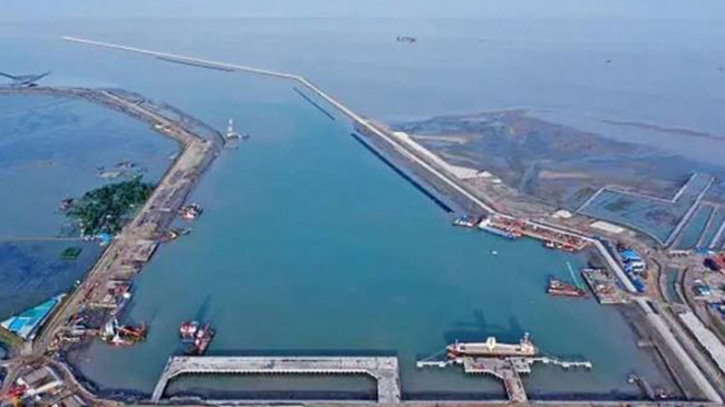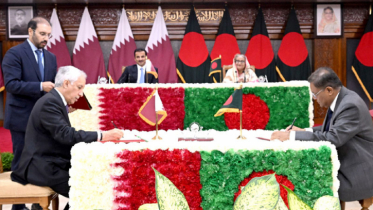Building infrastructure for access to deep seaport

Expectations are running high as the long-awaited construction work of the country's first deep seaport progresses in full swing at Matarbari in Cox's Bazar district. While the focus is on building the seaport itself, the importance of building access roads and bridges linking the port to Chattogram and rest of the country cannot be overemphasised. The country has a dubious record of constructing bridges at many places without approach roads.
There are many instances across the country where newly-built bridges have remained unused for years because of the absence of approach roads. Even the iconic Padma Bridge is a victim of such oversight. Residents of Shariatpur are still unable to fully reap the benefits of this massive infrastructure due to repairs needed on a connecting 27-km road, which is so narrow and hazardous that two cars cannot pass through side by side.
Now that the country's long-cherished dream of having a deep-sea port is becoming a reality, a comprehensive plan for related infrastructure is necessary for realisation of the port's full potential. The Matarbari Deep Seaport, being constructed in co-operation with Japan, is expected to be operational by 2026. Bangladesh pins high hopes on this port's benefits. The 18-meter depth of the port's channel will place it on a par with busy regional ports such as the Port of Colombo in Sri Lanka or the Port of Singapore. Consequently, Bangladeshi transhipment freight consignments will no longer be subjected to lengthy waits at ports in countries like Singapore, Colombo, or Malaysia. Additionally, Matarbari Port is poised to compete with the Port of Colombo to establish itself as a regional transhipment hub.
The seaport stands to become a pivotal hub of connectivity and trade in the Bay of Bengal region by granting neighbouring countries access to it and facilitating maritime commerce through the Bay. By leveraging its strategic location, Bangladesh looks forward to gaining significant on-going profits from transit cargo, further boosting its economy. The government is prudently implementing this fast-track project to meet the escalating demands of local businesses as well as to realise its vision of transforming the country into a regional transhipment hub. The port may also attract the coveted international tourist-carrying cruise ships to dock right at the doorstep of the world's longest sea beach. A recent report published in the Financial Express disclosed that the government is drawing up plans to build a new rail-cum-road bridge over the Karnaphuli River. The bridge will replace the century-old Kalurghat Bridge, which is nearing the end of its lifespan, and will connect Chattogram city with Cox's Bazar and Matarbari Deep Seaport. This certainly makes sense.
In fact, a new bridge has long been overdue there. Currently vehicles pass thorough the dilapidated Kalurghat Bridge at considerable risks. To reduce the possibility of accidents, motor vehicle and train speeds are regulated on the bridge. The Korean development agency EDCF is funding the new bridge that will allow trains to travel at 120 km/h and cars at 65 km/h, significantly reducing travel times to and from Cox's Bazar. Earlier, it was also reported that a 230-kilometre marine drive expressway would be built from Sitakunda to Cox's Bazar, which will link at least 10 special economic zones in the Chattogram region, the deep seaport, and a coal-fired power plant at Moheshkhali. To realise the full potential of the Matarbari Deep Seaport, simultaneous completion of the missing infrastructure linking it with other important places is of utmost importance.
Source: The Financial Express.
.png)




